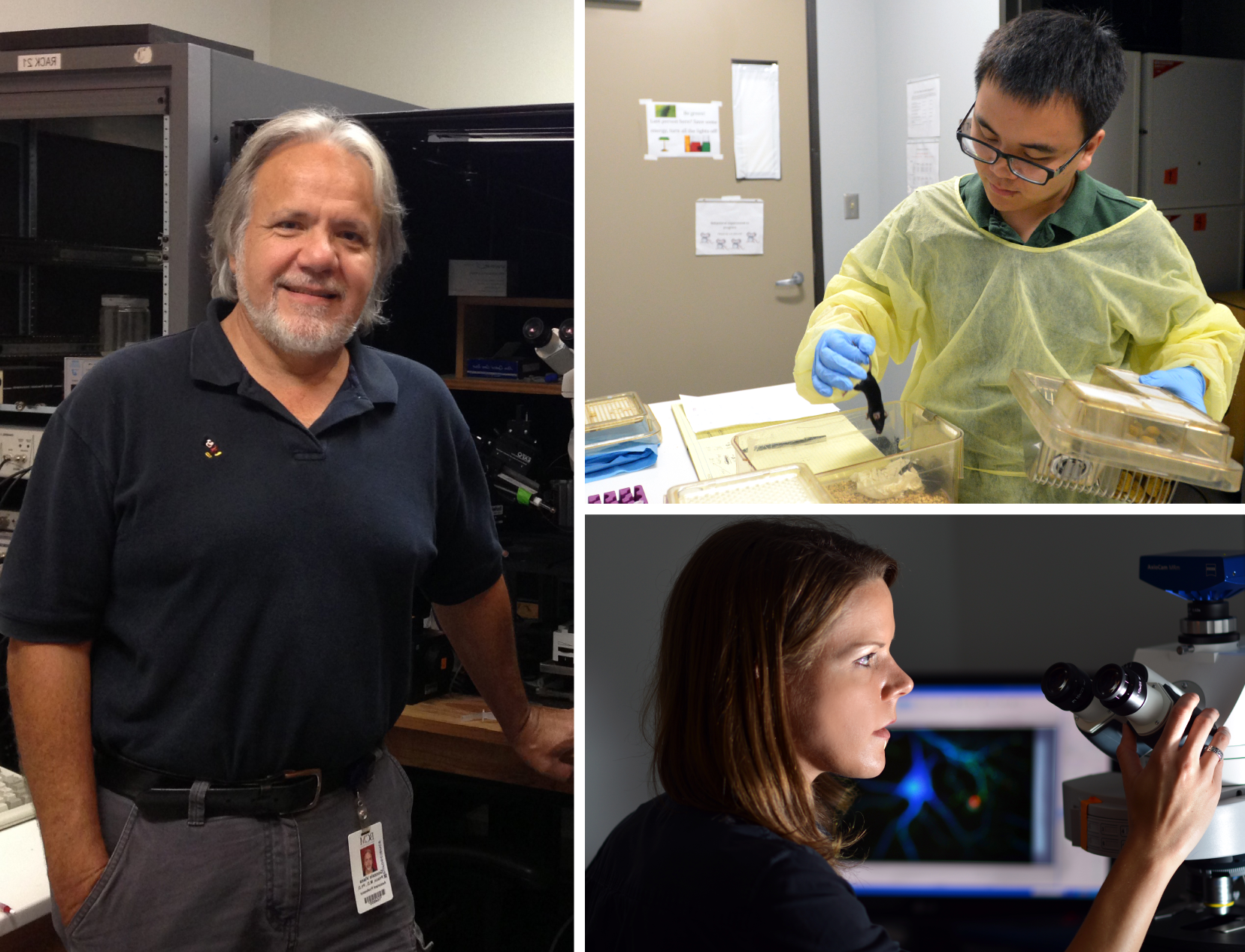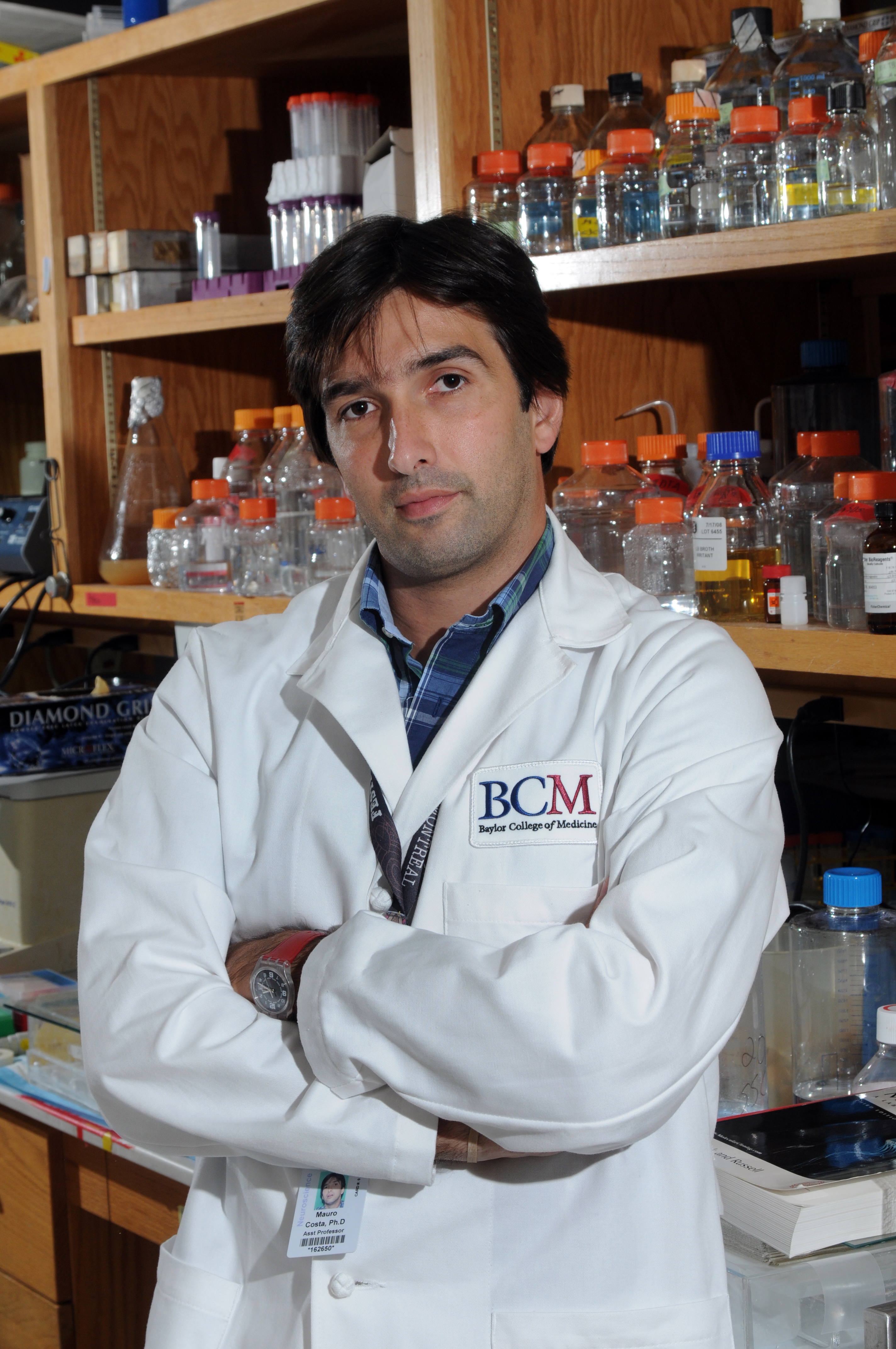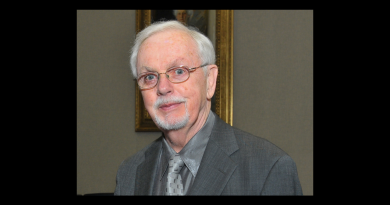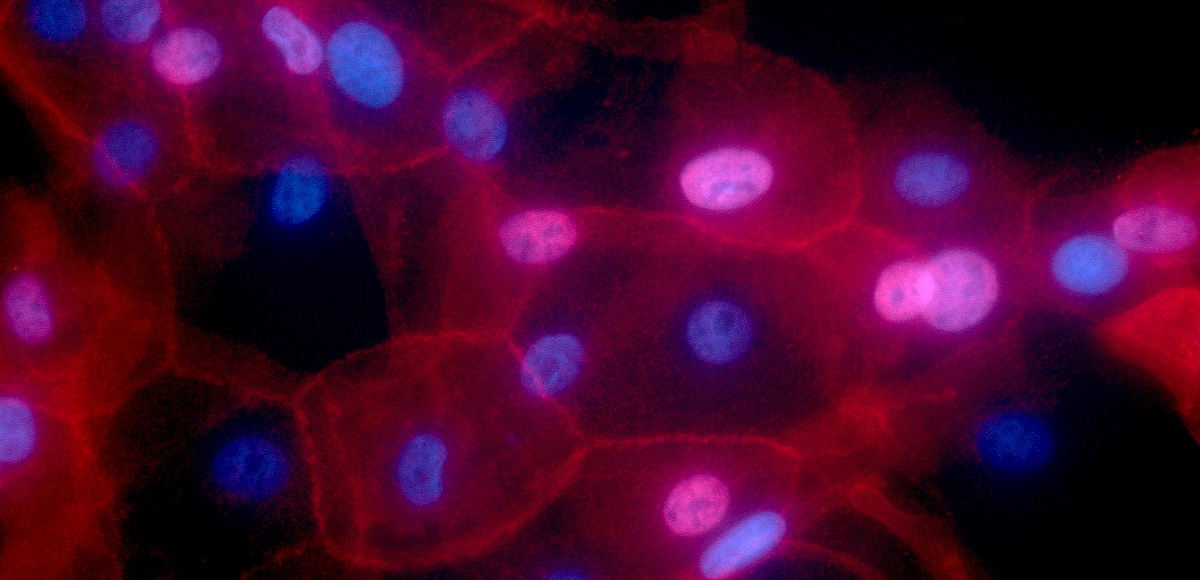Key process required to weaken strength of synaptic connections, store memory identified

Synaptic plasticity, the ability of neurons to strengthen or weaken their connections, makes up the cellular basis of learning and memory formation. High neuronal activity strengthens the connection between neurons in a process known as long-term potentiation (LTP).
Conversely, low activity decreases the strength of synaptic connection resulting into long-term depression (LTD). Little is known about the mechanisms of LTD, but the process is known to be altered in certain neurological disabilities, including mental retardation, Alzheimer’s disease, Parkinson’s disease and drug addiction.
In a study published in Nature Neuroscience, researchers at Baylor College of Medicine have identified a new model by which LTD – and related behaviors – is generated, opening the door to creating new avenues toward treatments for many neurological conditions.
“We knew that long-term depression (LTD) required the synthesis of new proteins but we didn’t know how the process was regulated or the identify of the newly synthesized proteins. Our study identifies the precise mechanism by which LTD occurs,” said Dr. Mauro Costa-Mattioli, associate professor of neuroscience at Baylor and senior author on the study.
“We found that the translation factor elF2a tightly controls the induction of LTD; reduction of eIF2a activity blocks LTD while its induction triggers LTD,” said Dr. Gonzalo Viana Di Prisco, assistant professor of neuroscience at Baylor and a lead author on the study.
Combined approach

Using a combination of genetic and pharmacological approaches to modulate eIF2a activity, the researchers were able to induce LTD independently of the traditional route through activation of synaptic receptors.
“For these experiments, we used state-of-the-art paired single-cell recording and genetic engineering techniques, where a given neuron is genetically modified and its neighbor serves as a control. The results demonstrated that we had discovered the fundamental molecular mechanism underlying LTD,” Costa-Mattioli said.
Surprisingly, the authors found that during this kind of LTD the synthesis of most proteins is reduced, whereas the synthesis of specific “LTD proteins” is increased. Using genomics and ribosome profiling, the authors identified the proteins that are actively synthesized during LTD.
Costa-Mattioli compares elF2α to a music conductor in a plasticity concerto. In the same way that the sound emanating from the soloist’s violin is amplified during a cadenza as the conductor silences the supporting orchestral players, so is the synthesis of the “LTD proteins” amplified as the synthesis of most of the proteins is blocked by an increase in the activity of eIF2a. In the absence of a competent conductor, the soloist’s effort would be hardly distinguishable, being lost in the general noise.
Using mouse models the authors showed that a learning a task that requires LTD is also altered by changes in eIF2a activity.
“This allowed us to correlate our cellular studies with learning behavior, highlighting the critical role of eIF2a-mediated LTD in mnemonic processes,” said Wei Huang, a graduate student in neuroscience at Baylor and also a lead author.
Finally, the authors went on to show that the activity of eIF2a predicts whether a synapse will undergo LTP or LTD.
“To our knowledge, no other molecule operates in this manner, bidirectionally regulating the two major forms of synaptic plasticity in the brain,” said Dr. Shelly Buffington, a postdoctoral fellow in neuroscience and another lead author on the study.
New treatments for disorders
The work of Costa-Mattiolli’s team could lead to new treatments for cognitive disorders.
“We have generated a variety of tools and reagents so that we can switch the strength of synaptic connections on and off. This gives us the potential to look to those cognitive disorders in which learning and memory processes are disturbed due to either increased or decreased LTD and try to correct them,” Costa-Mattiolli said.
Others who contributed to the study include: Chih-Chun Hsu, department of neuroscience at Baylor; Penelope E. Bonnen, department of molecular and human genetics at Baylor; Andon N Placzek, department of neuroscience and the Memory Brain Research Center at Baylor; Carmela Sidrauski and Peter Walter, Howard Hughes Medical Institute, University of California San Francisco; Krešimir Krnjevi?, McGill university, Montreal, Quebec; and Randal J. Kaufman, Sanford-Burnham Medical research Institute, La Jolla, CA.
Funding for the work came from the US National Institutes of Health (NIMH 096816, NINDS 076708, DK042394, DK088227, HL052173), The Intellectual Disability Research Center (P30HD024064) and Dan L. Duncan Cancer Center (P30CA125123), Genomic and RNA Profiling Cores, and the Cancer Prevention and Resarch Institute of Texas (RP1000861).



